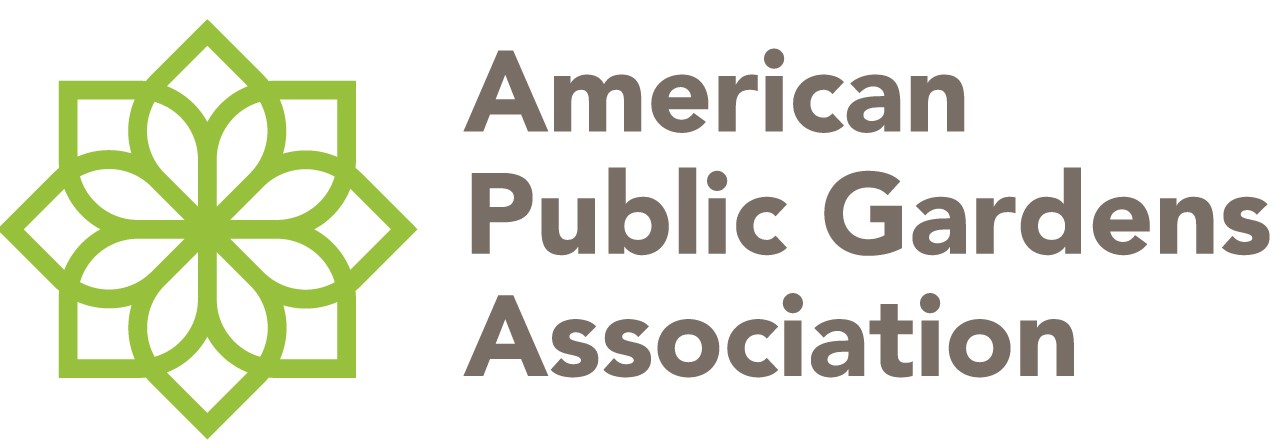Association Board of Directors
Advocacy Policy
Approved September, 2017
Emerging public policy debates or proposed regulations, legislation, initiatives or other policies may affect the Association's mission. Because of this, the Association may consider an advocacy role by using the following conditions and procedures.
Before proceeding with any action described below, the Association's Board must be able to say "YES" to the following questions:
1. Is the issue germane to the Association's mission?
2. Does the Association have credibility on this issue?
3. Will the Association have the broad support of our membership for its decision on this issue?
4. Will the proposed action by the Association make a difference on this issue?
The Executive Director or Board President will assume the leading voice in the communication unless another designate is authorized by the Board. Once adopted, the Association's position can be fluently communicated using established staff resources and communication channels, at the discretion of the Executive Director.
Levels of Response and Examples:
Level 1.
Adding the Association to a list of supporting or opposing organizations regarding an issue.
Procedure/Requirements: After consulting with subject matter experts and, if relevant, a committee or group of interest, the Board President and Executive Director will seek authorization from the Executive Committee. The Executive Committee will determine whether there are any terms or limitations on indications of support/opposition.
Example: Multi-organizational letters of support for appropriations funding or policy framework submitted to members of Congress and/or federal agencies, such as sustained funding for the USDA's APHIS (Animal and Plant Health Inspection Service).
Level 2.
Sending a letter or communication advocating a position on an issue to relevant decision makers, solely authored by and on behalf of the Association.
Procedure/Requirements: After consulting with subject matter experts and, if relevant, a committee or group of interest, the Board President and Executive Director will seek authorization from the Executive Committee. Authorization will also be sought from the Board of Directors. The Board will determine whether there are any terms or limitations on indications of the Association position in its motion or decision.
Example: Association's e-blast to membership regarding a proposed de-funding for Institute of Museum and Library Services, National Endowment for the Arts/Humanities.
Level 3.
Taking the Association's advocacy to the broader public- including letters and statements likely to be widely distributed via external PR or other news agencies.
Procedure: After consulting with subject matter experts and, if relevant, a committee or group of interest, the Board President and Executive Director will seek authorization from the Board of Directors. The Board will determine whether there are any terms or limitations on indications of the Association position in its motion or decision. The Board must approve the wording of any specific public advocacy statement to be distributed.
Example: Association's statement on the US government decision regarding Paris Climate Accords and the Association's commitment to sustainability.
Level 4.
Lobbying or other direct engagement of stakeholders wherein the Association's Board, Staff and/or designated volunteers take a direct role, potentially including leadership and/or financial support, specifically to support or oppose an issue within legal limits.
Procedure: Before elevating the Association's advocacy to this level, a presentation or briefing will be given on the issue with information acquired from consulting with subject matter experts and, if relevant, a committee or group of interest. Subsequently, authorization from the Board of Directors will be required. Additionally, the Board will use advice sought from experts and/or legal counsel to define the parameters of the Association's involvement including, as examples, the text of any statements, the extent of any financial support, and any limitations on board members, staff, volunteers, or member garden(s) activity.
Example: The Association has not yet undertaken participation in and/or financial support of formal lobbying efforts with elected officials.
Policy Note:
The questions, conditions, and procedures described herein are not intended in any manner to supersede limitations on the Association's ability to engage in activities that are specifically prohibited for organizations exempt from federal tax under section 501(c)(3) ofthe Internal Revenue Code. In accordance with these limitations, the Association will not directly support or oppose candidates for public office, will remain non-partisan in party affiliation, and will only act on issues related to the organization's mission.
Mission Statement:
American Public Gardens Association serves public gardens and advances them as leaders, advocates, and innovators. Adopted October, 2014.



